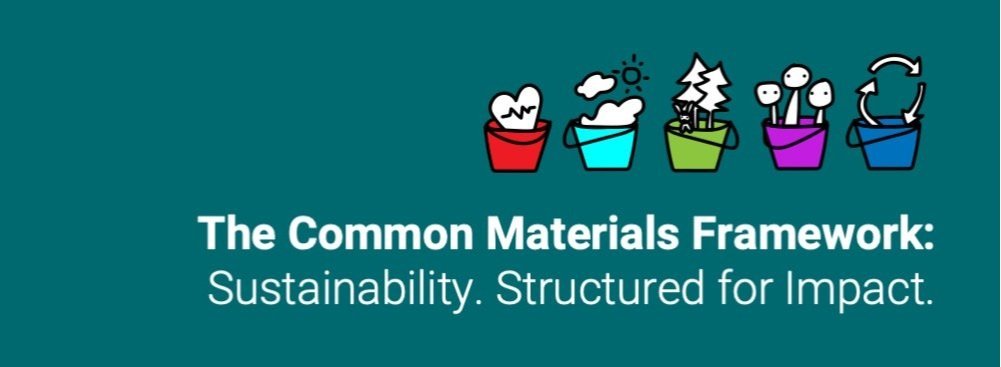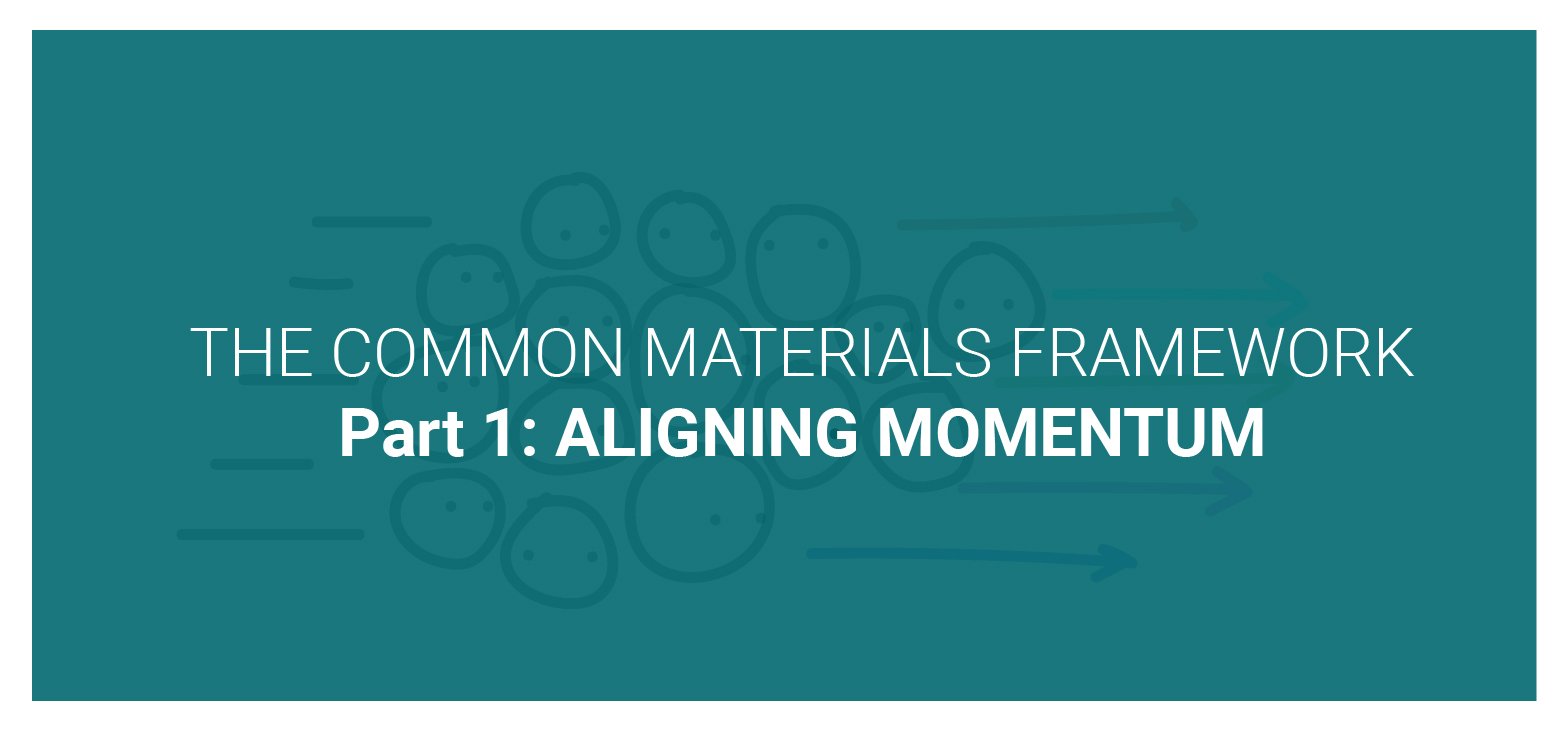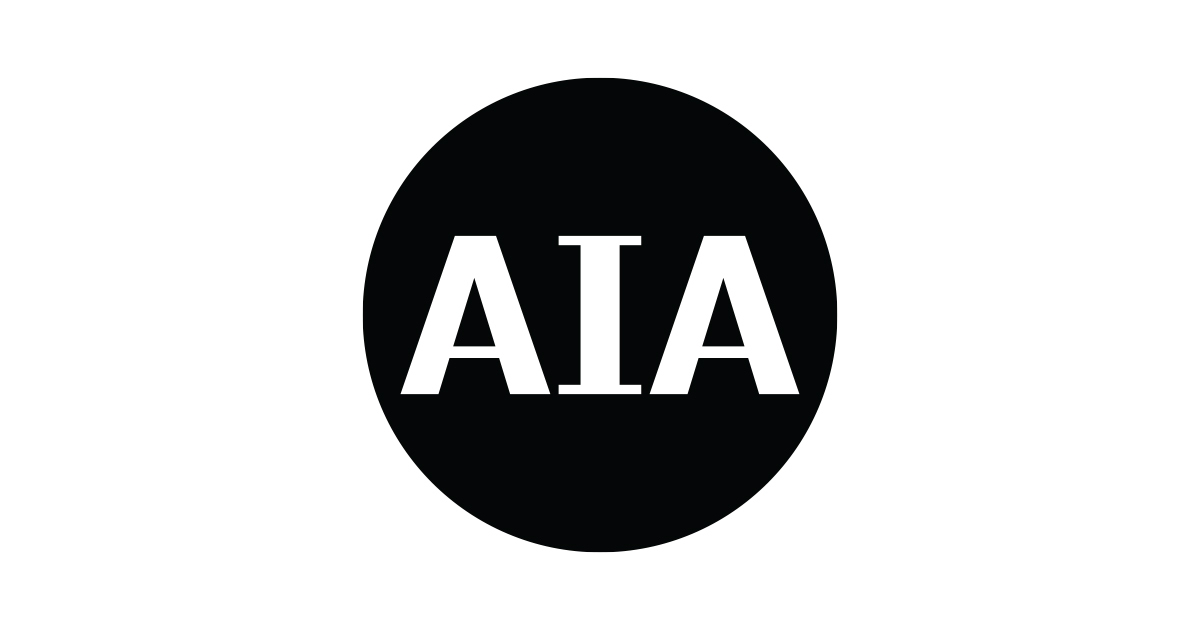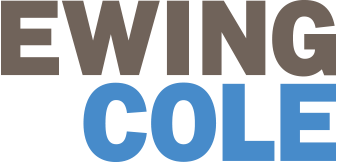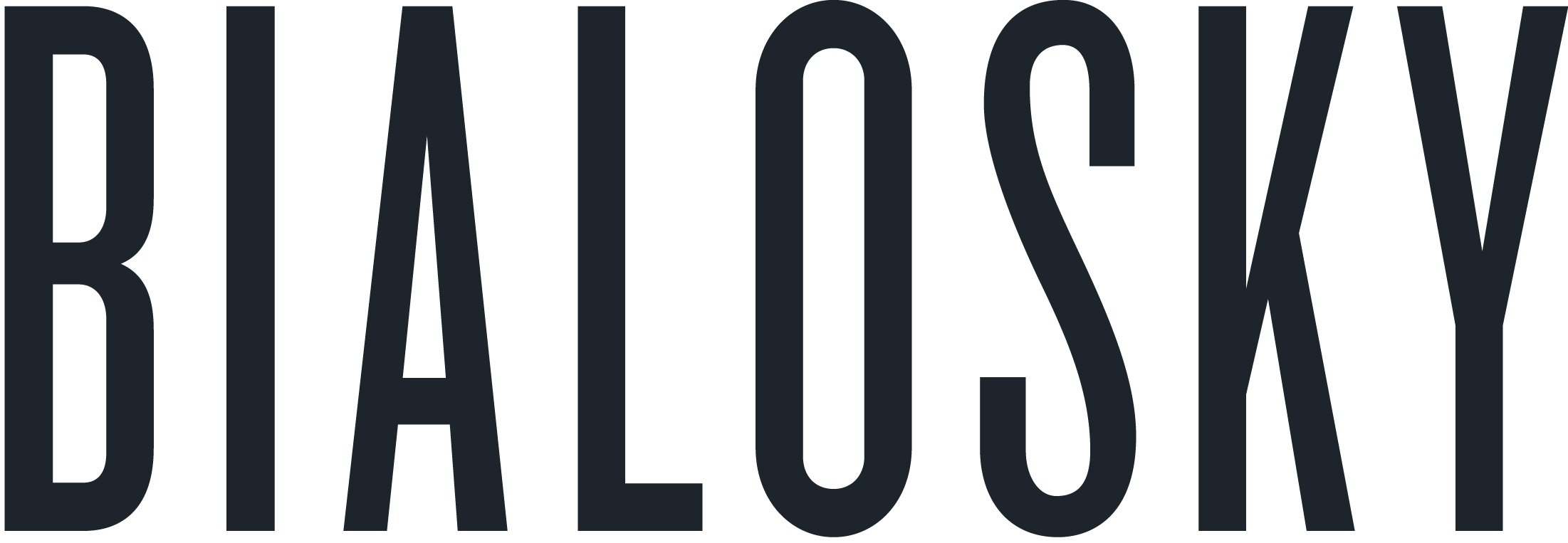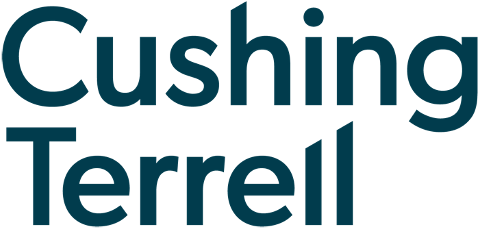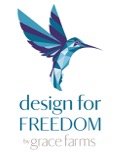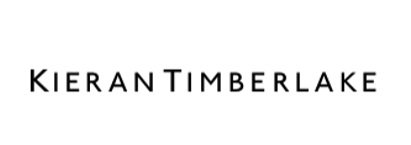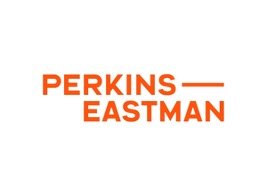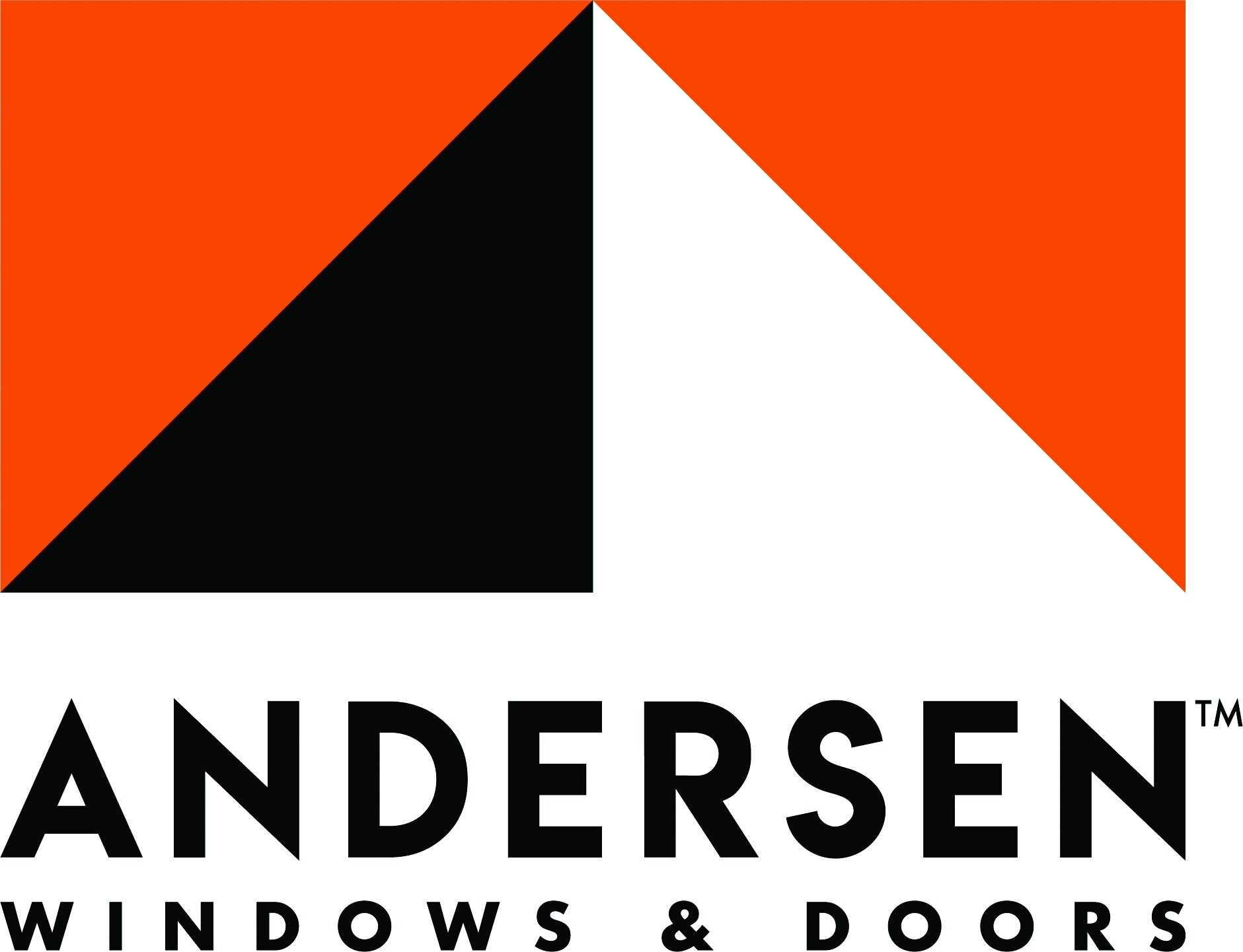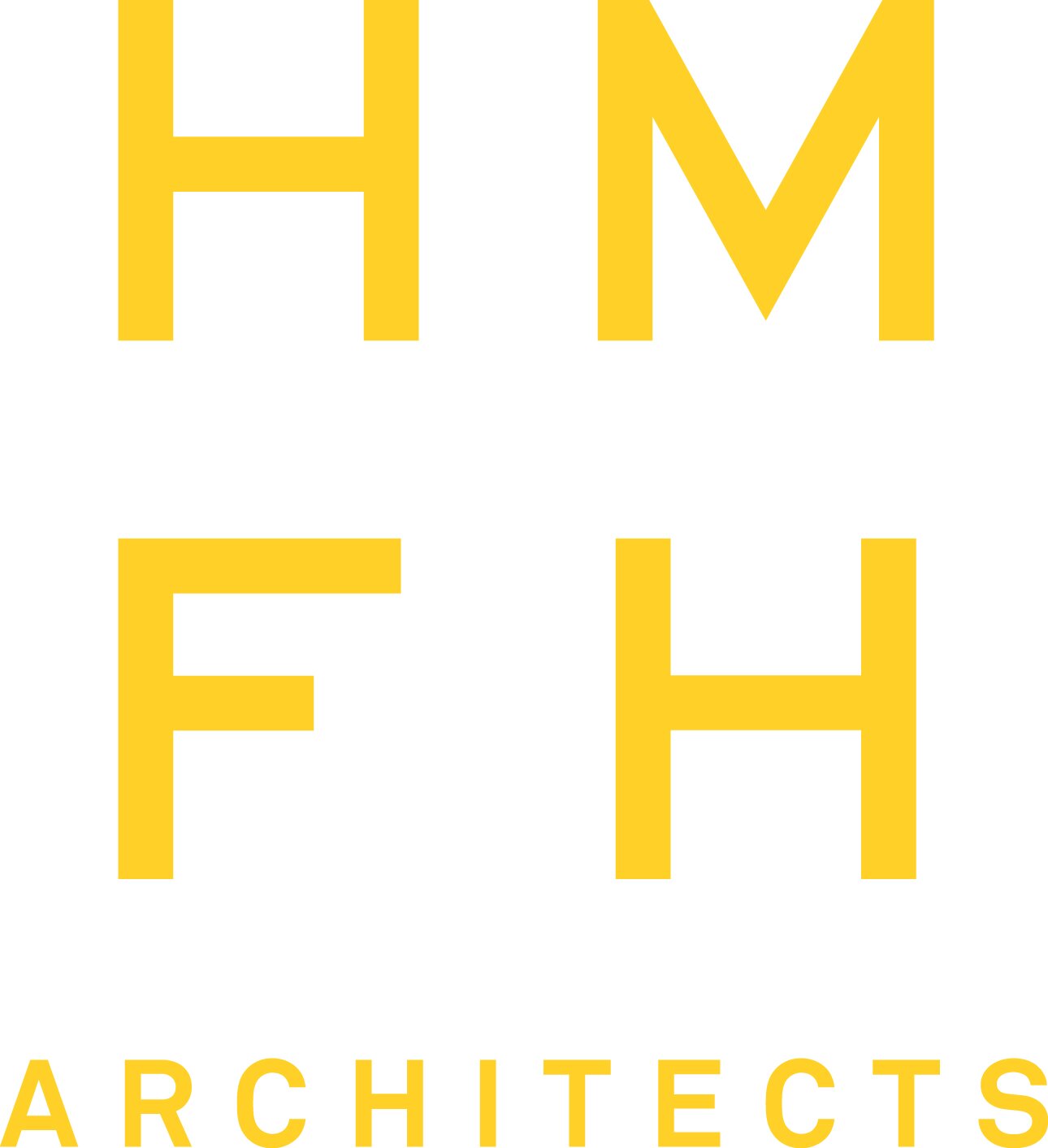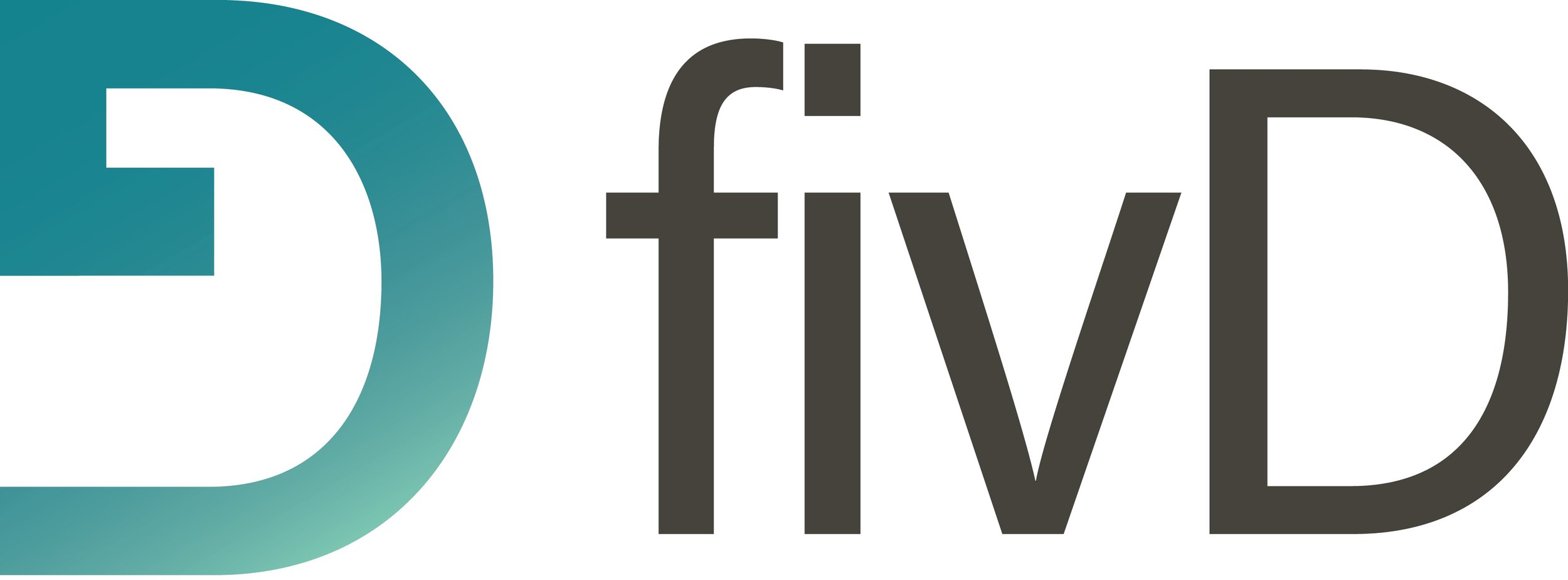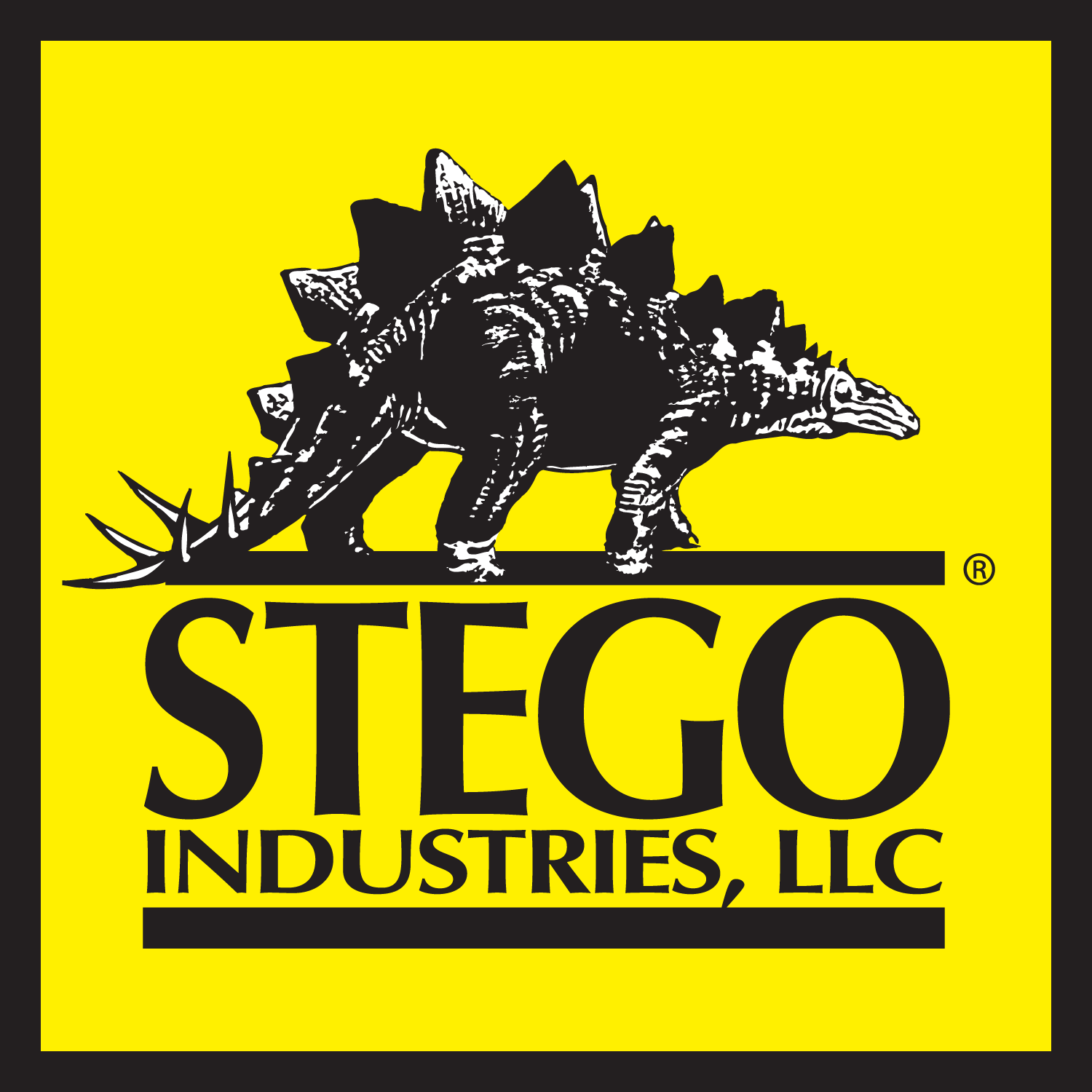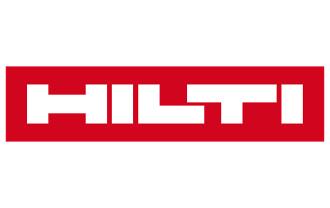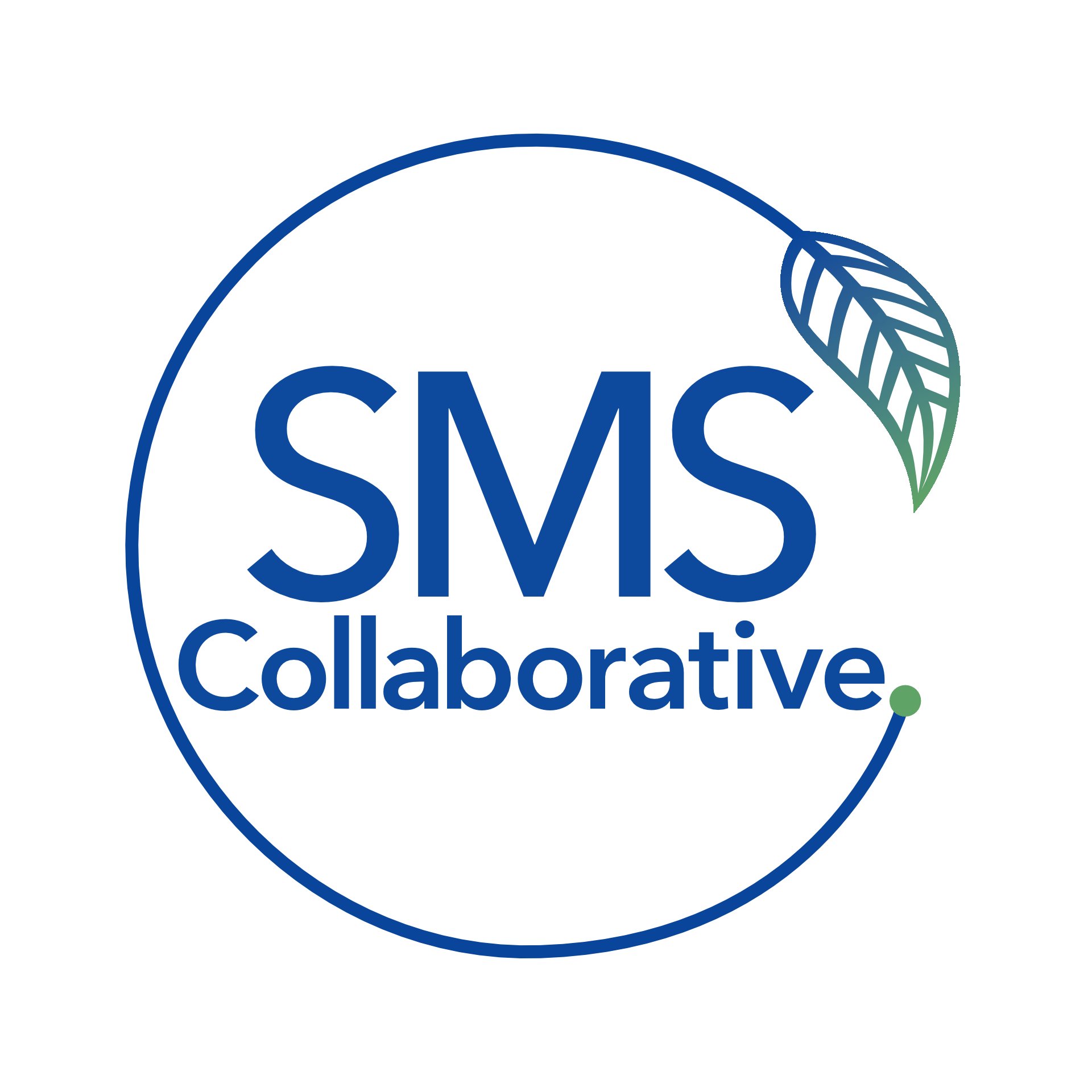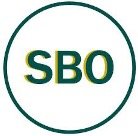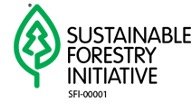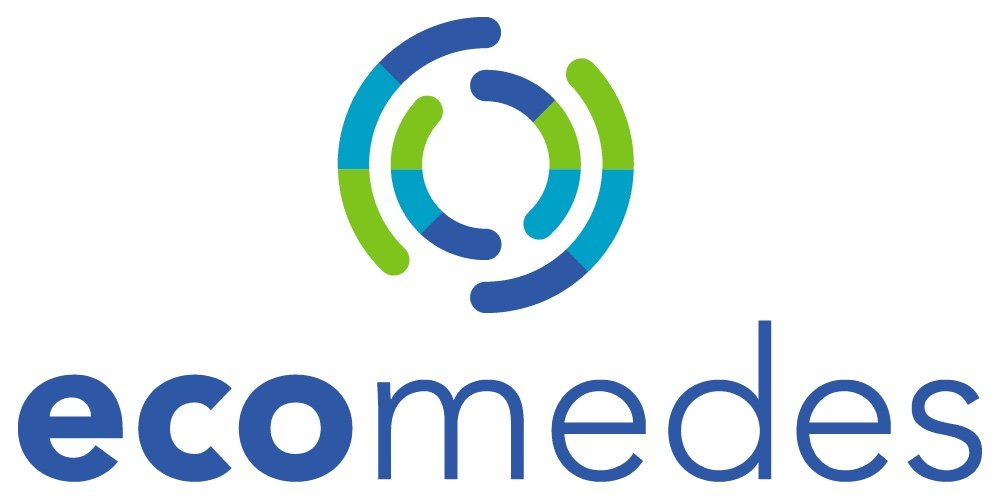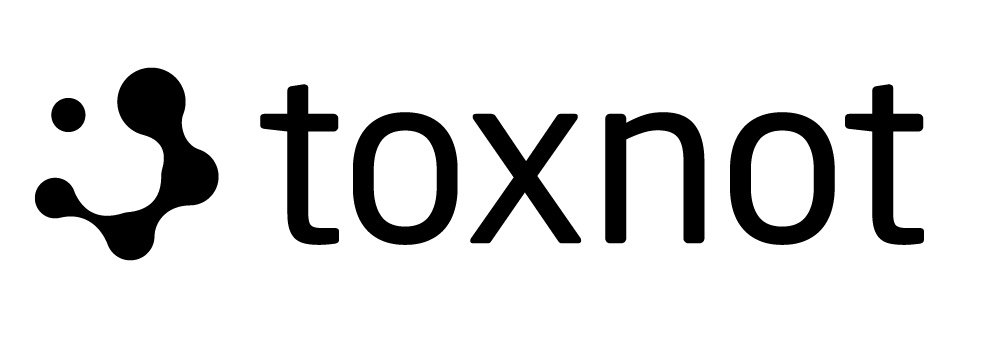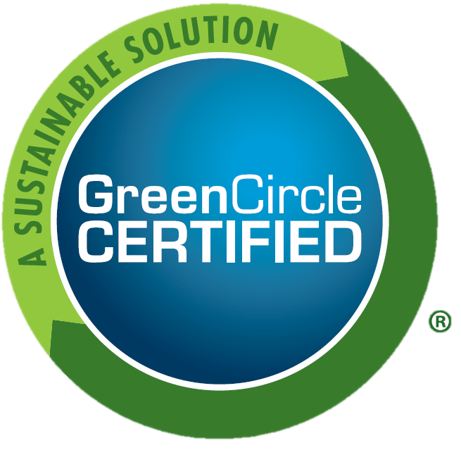The Common Materials Framework
Introducing mindful MATERIALS new video series, “The Common Materials Framework 101,” where Laurel Chądzyński, VP of Engagement, shares some context for the Common Materials Framework and why it exists, how it is structured, and how it can be leveraged today - and in the future.
Part One: The Problem
Part Three: The CMF Structure
Part Two: The Solution (spoiler, it’s the Common Materials Framework)
Part Four: The Framework in Action
Public Materials Pledges have aligned the building industry around a common language, and a north star, for holistic material sustainability. the common materials framework is OUR roadmap to get there faster, together:
CLIMATE HEALTH
+
HUMAN HEALTH
+
SOCIAL HEALTH & EQUITY
+
ECOSYSTEM HEALTH
,
WITHIN A CIRCULAR ECONOMY.
CLIMATE HEALTH + HUMAN HEALTH + SOCIAL HEALTH & EQUITY + ECOSYSTEM HEALTH , WITHIN A CIRCULAR ECONOMY.
overview of the CMF
This document provides an overview of the Common Materials Framework, including FAQs, a timeline for progress and a diagram of its structure! Sign up for our newsletter to learn the latest about how the CMF is changing the materials industry. More below on why the framework exists, who built it, and how it will be used.
read about the framework origins:
CMF FAQs
-
The Common Materials Framework (CMF) is the outcome of the most detailed cross-stakeholder industry effort to-date to analyze and organize over 100 of the most common building product and material certifications and disclosures. The framework gives structure to over 650 factors identified within these programs relevant to material sustainability within 5 buckets of health and sustainability, reflecting the broad categories first identified in the AIA A&D Materials Pledge.
-
How would you define Circularity or Social Health & Equity for materials and use that definition to drive better decisions to make and specify products? Now ask the person sitting next to you — the answer is likely to be either entirely different, or at least slightly different. Those inconsistencies hold us back as an industry in driving change and measuring progress in reducing the material and embodied impacts of the built environment. The CMF solves that.
Gone are the days of having to constantly present on or memorize the differences between V1.2 and V1.3 of a standard, or individually define sustainability factors. The central framework maps these differences, evolving over time to integrate updates, helping practitioners navigate broad intent or nuances and plot a roadmap to better products.
Once digitized in the mM Library, the framework will act as a smart filter, allowing practitioners to search for sustainable products at any depth. Plus, the framework will seamlessly across all leading building and material databases and technology platforms, ensuring a consistent foundation of information wherever material decisions are made.
For more information and illustrated examples, check out our blog.
-
No. The CMF is not a certification. The framework is a meta-analysis of all major material certifications and standards in the built environment. Its purpose is to identify all relevant sustainability factors and their benchmarks, and organize those factors within five buckets of sustainability. By unpacking and mapping that information to a common structure that can be used by any professional across the built environment, across multiple tools and databases, the framework drives consistency in decision-making and allows for benchmarking progress and success in improving the holistic health of our built environment and reducing the embodied impacts of buildings.
This overarching structure of 5 buckets was first identified in the AIA A&D Materials Pledge, and is reflected in materials commitments across all stakeholder groups in the built environment, driving a common language for sustainability. By providing the underlying data and organization of those Pledge statements, the CMF also allows signatories of those pledges to navigate and demonstrate achievement on their public commitments.
-
The CMF is meant to be a tool for anyone looking to make more ‘mindful’ decisions about materials. By organizing how different certifications and standards contribute to the 5 buckets of health identified in the Materials Pledges, the CMF allows individuals and companies to turn their ‘why’ into ‘how’.
Stakeholders who will benefit from this tool include, but are not limited to, A&D Professionals, Manufacturers, Contractors, Educators, Owners, Engineers, Certification Bodies, and Material Database and Building Workflow technology providers.
Mindful MATERIALS is in the process of digitizing the content of the CMF so that it can be used as an advanced filtering system to help individuals connect their intent (i.e. reduce negative human health impacts of carpeting) to action. The framework also provides the industry with a central educational tool for understanding how certifications and standards contribute to product sustainability factors, or how to search for products that meet individual or company sustainability goals.
-
The Framework is currently in spreadsheet form as we work to digitize the content and integrate it across platforms.
We also plan to release many more resources this summer and fall leading up to public access to the digitized framework, including a Quick Reference Guide that will provide more details on the content of the CMF and how to use it.
To learn more about what certifications are included in the framework, who was involved in building it, and see how the framework unfolds, check out our CMF Overview Document.
We’ll be talking about the CMF at all of our events this year so check out what’s coming to a conference or city near you; plus we are providing updates on completion and framework adoption in our newsletter so sign up at the bottom of this page.
-
The Common Materials Framework represents a true collaborative, cross-stakeholder industry-led effort. See the section below for a list many of the companies who helped to build, organize and present the common materials framework.
who built the CMF?
mindful MATERIALS believes that resources for the industry have to be built with the industry. Below are many of the companies who are formally contributing to building the world’s most comprehensive map of materials sustainability.
CONTENT ADVISORY BOARD (CAB)
The Content Advisory Board (CAB) represents a cross-section of industry stakeholder input on all library content to ensure there is industry alignment on the Common Framework. The CAB develops and updates the data (certifications, eco-labels, general information, etc.) that are included in the mindful MATERIALS Library, as well as how that data is organized. The CAB also develops and updates the entry criteria that determines which products are included in the library.
CONTENT WORKING GROUP (CWG)
The Content Working Group (CWG) reviews in-depth the work and criteria proposed by the CAB. The goal of the CWG is to review each new criteria (certifications, labels, general information, etc.), in detail, and approve its inclusion and organization within the Common Materials Framework.
ECOSYSTEM REVIEW
The process of building and updating the Common Materials Framework requires in-depth research, review and organization of both the broad Pledge Categories; as well as unpacking the detailed standards and factors identified for inclusion in the framework. To further ensure accuracy of the CMF and its adoption, and drive industry alignment and adoption, it was important to engage as many of the certification and standards bodies represented in the framework as possible, as well as data management systems and technology platforms who will contribute to the framework’s implementation. The following organizations have provided feedback on the framework to-date.
materials pledges and the CMF
To describe and map the Common Materials Framework, the Content Advisory Board drew upon the definitions and language provided by the Architects + Designer Materials Pledge. Read more about the pledges here.
Read the AIA A&D Materials Pledge and Starter Guide.


